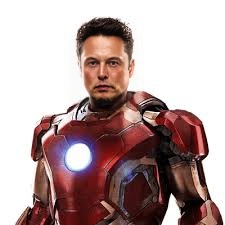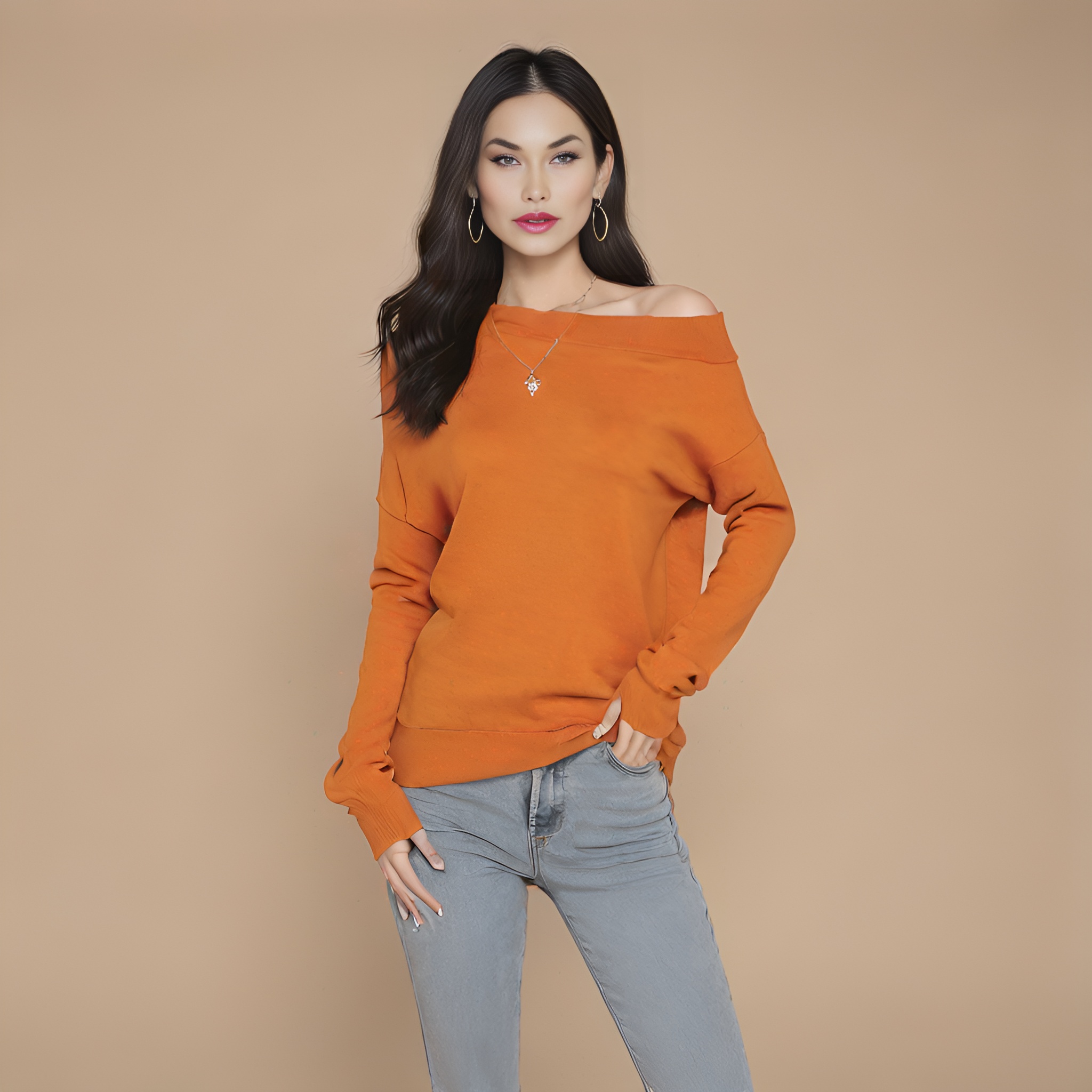face-swap
Maintainer: cdingram

6

| Property | Value |
|---|---|
| Run this model | Run on Replicate |
| API spec | View on Replicate |
| Github link | No Github link provided |
| Paper link | No paper link provided |
Create account to get full access
Model overview
The face-swap model is an image-to-image face swapping tool. It allows you to swap the face in one image with the face in another image. This can be useful for things like photo editing, creating digital avatars, or even video special effects. The model is similar to other face swapping tools like Face Swap by omniedgeio, but may have different capabilities or performance characteristics.
Model inputs and outputs
The face-swap model takes two images as input - the "swap image" and the "input image". It then outputs a new image with the face from the swap image swapped into the input image.
Inputs
- Swap Image: The image that contains the face you want to swap into the other image.
- Input Image: The image that you want to swap the face into.
Outputs
- Output Image: The new image with the face swapped in.
Capabilities
The face-swap model can be used to swap faces between images. This can be useful for things like creating digital avatars, photo editing, or even video special effects. The model may have capabilities like preserving the lighting and background of the input image, or handling things like occlusion or multiple faces in an image.
What can I use it for?
The face-swap model can be used for a variety of projects. For example, you could use it to create digital avatars or characters by swapping different faces onto a base image. You could also use it to edit photos, swapping your own face into a group photo or swapping a friend's face into a different image. Additionally, the model could be used in video production, swapping faces to create special effects or deepfakes.
Things to try
Some things you could try with the face-swap model include:
- Swapping your own face into a famous portrait or historical photo
- Swapping the faces of friends or family members into group photos
- Creating a series of digital avatars with different face swaps
- Experimenting with swapping faces in short video clips to create interesting effects
This summary was produced with help from an AI and may contain inaccuracies - check out the links to read the original source documents!
Related Models

face-swap

3.0K
The face-swap model is a tool for face swapping, allowing you to adapt a face from one image onto another. This can be useful for creative projects, photo editing, or even visual effects. It is similar to other models like facerestoration, GFPGAN, become-image, and face-to-many, which also work with face manipulation in various ways. Model inputs and outputs The face-swap model takes two images as input - the "swap" or source image, and the "target" or base image. It then outputs a new image with the face from the swap image placed onto the target image. Inputs swap_image**: The image containing the face you want to swap target_image**: The image you want to place the new face onto Outputs A new image with the swapped face Capabilities The face-swap model can realistically place a face from one image onto another, preserving lighting, shadows, and other details for a natural-looking result. It can be used for a variety of creative projects, from photo editing to visual effects. What can I use it for? You can use the face-swap model for all sorts of creative projects. For example, you could swap your own face onto a celebrity portrait, or put a friend's face onto a character in a movie. It could also be used for practical applications like restoring old photos or creating visual effects. Things to try One interesting thing to try with the face-swap model is to experiment with different combinations of source and target images. See how the model handles faces with different expressions, lighting, or angles. You can also try pairing it with other AI models like real-esrgan for additional photo editing capabilities.
Updated Invalid Date

sdxl-lightning-4step

414.6K
sdxl-lightning-4step is a fast text-to-image model developed by ByteDance that can generate high-quality images in just 4 steps. It is similar to other fast diffusion models like AnimateDiff-Lightning and Instant-ID MultiControlNet, which also aim to speed up the image generation process. Unlike the original Stable Diffusion model, these fast models sacrifice some flexibility and control to achieve faster generation times. Model inputs and outputs The sdxl-lightning-4step model takes in a text prompt and various parameters to control the output image, such as the width, height, number of images, and guidance scale. The model can output up to 4 images at a time, with a recommended image size of 1024x1024 or 1280x1280 pixels. Inputs Prompt**: The text prompt describing the desired image Negative prompt**: A prompt that describes what the model should not generate Width**: The width of the output image Height**: The height of the output image Num outputs**: The number of images to generate (up to 4) Scheduler**: The algorithm used to sample the latent space Guidance scale**: The scale for classifier-free guidance, which controls the trade-off between fidelity to the prompt and sample diversity Num inference steps**: The number of denoising steps, with 4 recommended for best results Seed**: A random seed to control the output image Outputs Image(s)**: One or more images generated based on the input prompt and parameters Capabilities The sdxl-lightning-4step model is capable of generating a wide variety of images based on text prompts, from realistic scenes to imaginative and creative compositions. The model's 4-step generation process allows it to produce high-quality results quickly, making it suitable for applications that require fast image generation. What can I use it for? The sdxl-lightning-4step model could be useful for applications that need to generate images in real-time, such as video game asset generation, interactive storytelling, or augmented reality experiences. Businesses could also use the model to quickly generate product visualization, marketing imagery, or custom artwork based on client prompts. Creatives may find the model helpful for ideation, concept development, or rapid prototyping. Things to try One interesting thing to try with the sdxl-lightning-4step model is to experiment with the guidance scale parameter. By adjusting the guidance scale, you can control the balance between fidelity to the prompt and diversity of the output. Lower guidance scales may result in more unexpected and imaginative images, while higher scales will produce outputs that are closer to the specified prompt.
Updated Invalid Date

gfpgan

14.3K
gfpgan is a practical face restoration algorithm developed by Tencent ARC, aimed at restoring old photos or AI-generated faces. It leverages rich and diverse priors encapsulated in a pretrained face GAN (such as StyleGAN2) for blind face restoration. This approach is contrasted with similar models like Codeformer which also focus on robust face restoration, and upscaler which aims for general image restoration, while ESRGAN specializes in image super-resolution and GPEN focuses on blind face restoration in the wild. Model inputs and outputs gfpgan takes in an image as input and outputs a restored version of that image, with the faces improved in quality and detail. The model supports upscaling the image by a specified factor. Inputs img**: The input image to be restored Outputs Output**: The restored image with improved face quality and detail Capabilities gfpgan can effectively restore old or low-quality photos, as well as faces in AI-generated images. It leverages a pretrained face GAN to inject realistic facial features and details, resulting in natural-looking face restoration. The model can handle a variety of face poses, occlusions, and image degradations. What can I use it for? gfpgan can be used for a range of applications involving face restoration, such as improving old family photos, enhancing AI-generated avatars or characters, and restoring low-quality images from social media. The model's ability to preserve identity and produce natural-looking results makes it suitable for both personal and commercial use cases. Things to try Experiment with different input image qualities and upscaling factors to see how gfpgan handles a variety of restoration scenarios. You can also try combining gfpgan with other models like Real-ESRGAN to enhance the non-face regions of the image for a more comprehensive restoration.
Updated Invalid Date

face-align-cog

4
The face-align-cog model is a Cog implementation of a face alignment code from the stylegan-encoder project. It is designed to preprocess input images by aligning and cropping faces, which is often a necessary step before using them with other models. The model is similar to other face processing tools like GFPGAN and style-your-hair, which focus on face restoration and hairstyle transfer respectively. Model inputs and outputs The face-align-cog model takes a single input of an image URI and outputs a new image URI with the face aligned and cropped. Inputs Image**: The input source image. Outputs Output**: The image with the face aligned and cropped. Capabilities The face-align-cog model can be used to preprocess input images by aligning and cropping the face. This can be useful when working with models that require well-aligned faces, such as face recognition or face generation models. What can I use it for? The face-align-cog model can be used as a preprocessing step for a variety of computer vision tasks that involve faces, such as face recognition, face generation, or facial analysis. It could be integrated into a larger pipeline or used as a standalone tool to prepare images for use with other models. Things to try You could try using the face-align-cog model to preprocess your own images before using them with other face-related models, such as the GFPGAN model for face restoration or the style-your-hair model for hairstyle transfer. This can help ensure that your input images are properly aligned and cropped, which can improve the performance of those downstream models.
Updated Invalid Date